History of Waynedale Indiana
Explore and research the history of Waynedale Indiana
September 13, 2024

Abner Elzey, and an original Waynedale Indiana Map. Source: The Waynedale News
The History of Waynedale, Indiana: From Railroad Boom to Thriving Suburb
Waynedale, Indiana, located just southwest of Fort Wayne, is a community rich with history that tells the story of rural beginnings, transportation advancements, and suburban growth. While many associate Waynedale with its current status as a lively and tight-knit neighborhood, its roots go back much further. The story of Waynedale is one of visionaries, pioneers, and the evolution of a community that adapted to the changing times while preserving its small-town charm.
The Railroad Spur and a Land Boom in the 1870s
In the early 1870s, a railroad spur built at the intersection of Lower Huntington Road triggered a small but significant land boom in the region. At the time, Fort Wayne was growing rapidly due to industrialization, and many families were looking for quieter, more spacious living environments. Pioneer landowners like the Masons (shown in photo, source: The Waynedale News), Bradburys, and Weavers began to sell lots in the area, capitalizing on the increasing demand for suburban living. The railroad made this rural outpost an appealing option, offering residents easy access to Fort Wayne while still providing a peaceful, less congested lifestyle. 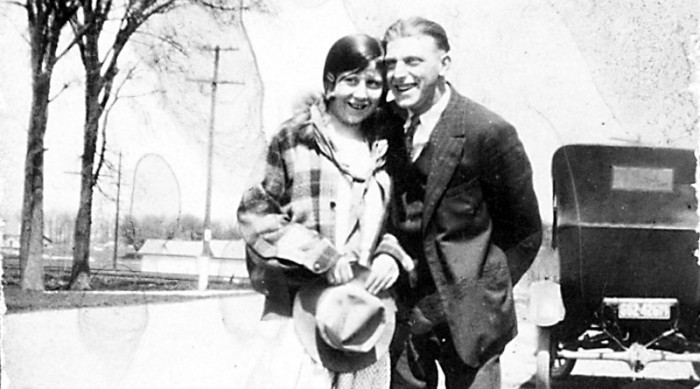
It was during this time that Waynedale’s future as a suburban community began to take shape. Families drawn by the promise of rural tranquility purchased land and began to settle. The railroad’s influence on Waynedale’s early growth cannot be overstated—it allowed the community to thrive by connecting it to the economic heartbeat of Fort Wayne.
The Role of Lewisburg and Early Platting Efforts
Although Waynedale itself wasn’t officially platted until later, its story is closely tied to the earlier platting of the nearby town of Lewisburg. On June 3, 1837, Lewis Mason laid out the town of Lewisburg, which consisted of 48 lots and six streets—First, Second, Third, Jefferson, Main, and Marshall. The plat was located west of what is now Waynedale, and the town was connected by Lewisburg Road, which ran between Lower Huntington Road and State Road 3. Despite the ambition of Lewisburg’s planners, the town never truly materialized, and much of the land remained undeveloped for years.
Meanwhile, the land that would later become Waynedale passed through multiple owners. Sophia Henderson’s 1821 registration of the original plat was one of the earliest land claims in the area, though no immediate development followed. Eventually, James Cunnison purchased the land on April 1, 1882, and it remained primarily agricultural for decades, with the Cunnison farmhouse standing as a prominent feature of the property.
The Rise of the Interurban and the Development of Waynedale
By the early 20th century, another transportation revolution was poised to further transform the Waynedale area. In 1905, the interurban railway, a popular mode of mass transit, established stops at both ends of Lewisburg Road (now Ideal Avenue). The interurban made commuting easier and more efficient, and with this new access, a more defined community began to form around what would later be called Waynedale.
The presence of the interurban railway bolstered Waynedale’s growth as families seeking suburban living flocked to the area. The ease of transportation between Fort Wayne and Waynedale turned the once rural farmland into a burgeoning residential district.
The Official Founding of Waynedale
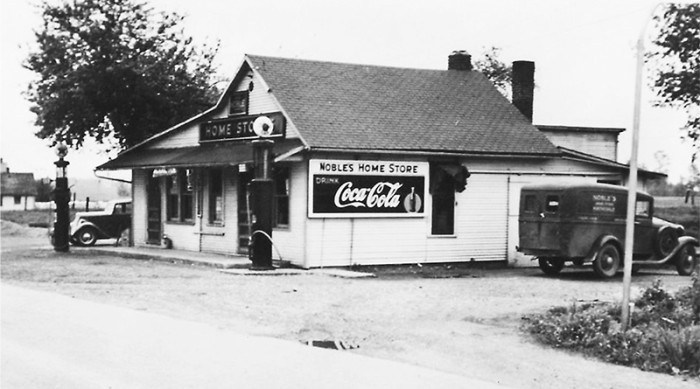 Despite the growing community, it wasn’t until February 15, 1921, that Waynedale was officially established. The land was purchased by Abner Elzey, a local entrepreneur with a vision for developing a suburban haven. He platted Waynedale, with its original boundaries defined by McArthur Drive to the south, Old Trail Road to the east, Lower Huntington Road to the north, and Beaty Avenue to the west. At the time, the only structure of note within these bounds was the Cunnison farmhouse, which later became the site of the local hardware store, Umber’s Hardware.
Despite the growing community, it wasn’t until February 15, 1921, that Waynedale was officially established. The land was purchased by Abner Elzey, a local entrepreneur with a vision for developing a suburban haven. He platted Waynedale, with its original boundaries defined by McArthur Drive to the south, Old Trail Road to the east, Lower Huntington Road to the north, and Beaty Avenue to the west. At the time, the only structure of note within these bounds was the Cunnison farmhouse, which later became the site of the local hardware store, Umber’s Hardware.
Elzey’s timing could not have been better. Waynedale’s appeal as a suburb continued to grow, and its proximity to both the railroad and interurban lines made it an attractive option for those who worked in Fort Wayne but wanted to live outside the busy city.
Photo: The Nobles Home Store, source: Waynedale News
Wayndedale Community Growth and Identity
Throughout the mid-20th century, Waynedale continued to grow, developing its own identity as a community. Small businesses, schools, and churches sprang up, and local parks like Waynedale Memorial Park provided gathering spaces for families. As veterans returned home from World War II, Waynedale saw an even greater influx of residents, spurred by the post-war housing boom. Subdivisions were built, and the suburban dream came alive in Waynedale. 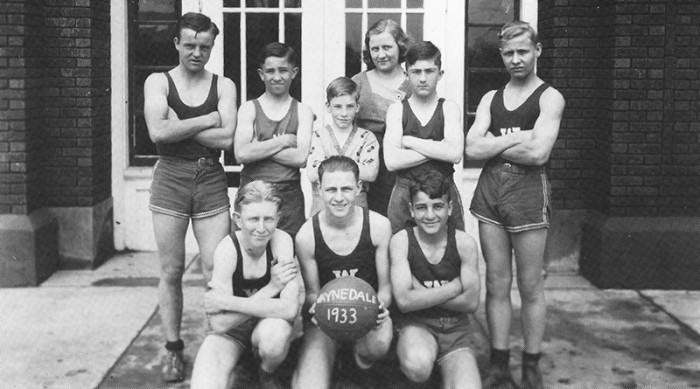
One of the defining characteristics of Waynedale was its ability to grow while maintaining a strong sense of community. Local institutions like the Waynedale Community Improvement Team (WCIT) continue to carry this legacy forward by organizing events and initiatives aimed at improving the quality of life for residents. Photo: The Waynedale Basketball Team in 1933. Source: The Waynedale News.
A Legacy of Vision and Community
Waynedale’s history is a story of foresight, transportation advancements, and the commitment of those who saw potential in the land beyond Fort Wayne’s city limits. From the early days of the railroad spur and the unrealized dreams of Lewisburg to Abner Elzey’s successful platting of Waynedale, the community has evolved into a thriving suburb while retaining the values that first attracted settlers to the area.
Today, Waynedale remains a place where families can enjoy both the benefits of suburban life and the close-knit relationships that come with living in a small community. The annual Waynedale Picnic and other local traditions highlight the enduring spirit of togetherness that has defined the area for over a century.
As Waynedale continues to grow and change, it carries with it the legacy of those early pioneers who envisioned a better life beyond the city, creating a lasting community that still thrives today.
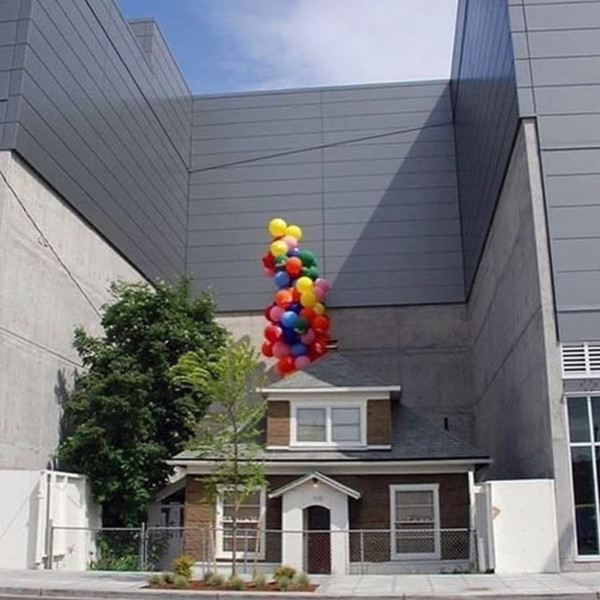
Not the Up House—But Even Better: Edith Macefield Said No to $1 Million, So They Built a Mall Around Her
You may have heard about the one-bedroom house in Seattle that blocked a mall.
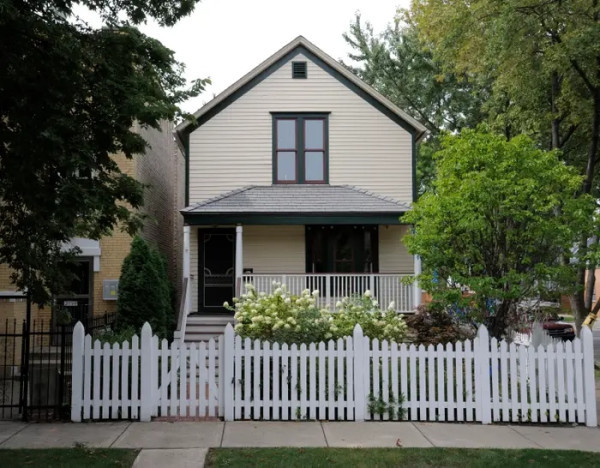
Disney's Childhood Home: Not Just the Birthplace of the Animation King
Walt Disney was born in a two-story home in Chicago, but he eventually left, leaving the house behind. Who were the other occupants? And what does the house look like now?
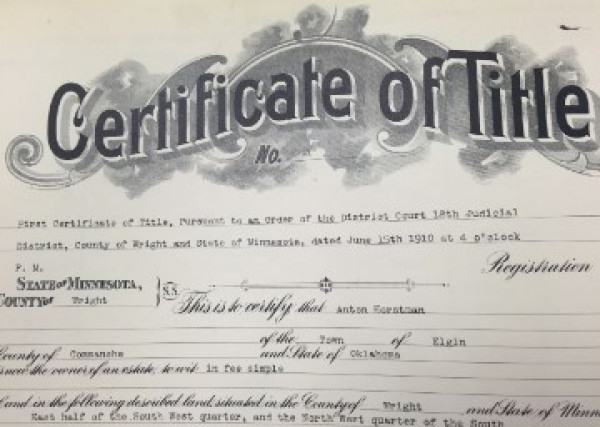
What's the different between a deed and title?
Unlocking Real Estate Jargon: Difference Between a Title and a Deed. In the complex world of property ownership, do you know the distinction between these two crucial terms?

Find an Abandoned Property Owner
Have you ever seen an iconic historical building in ruins and wonder how such beautiful architecture was left abandoned?